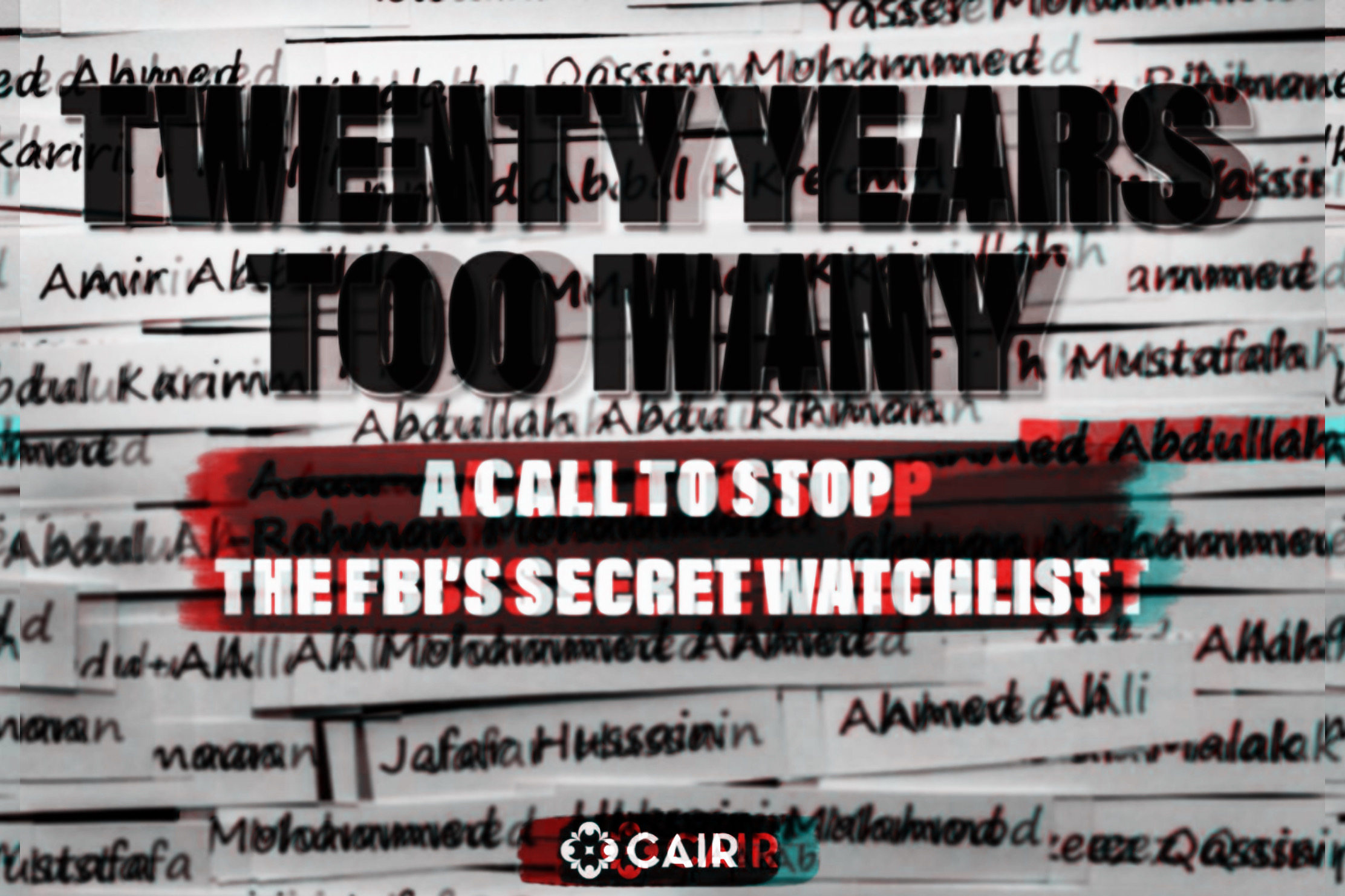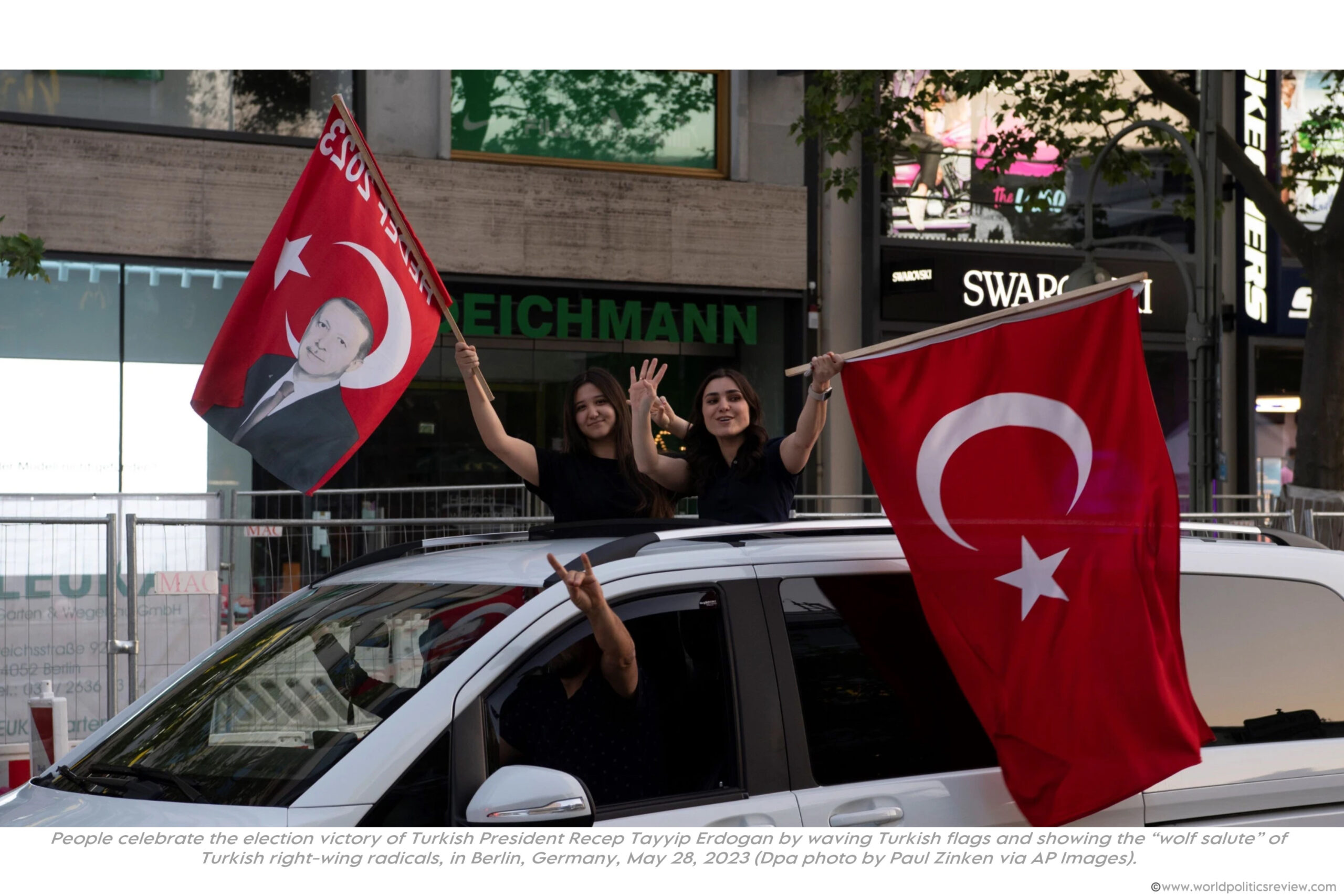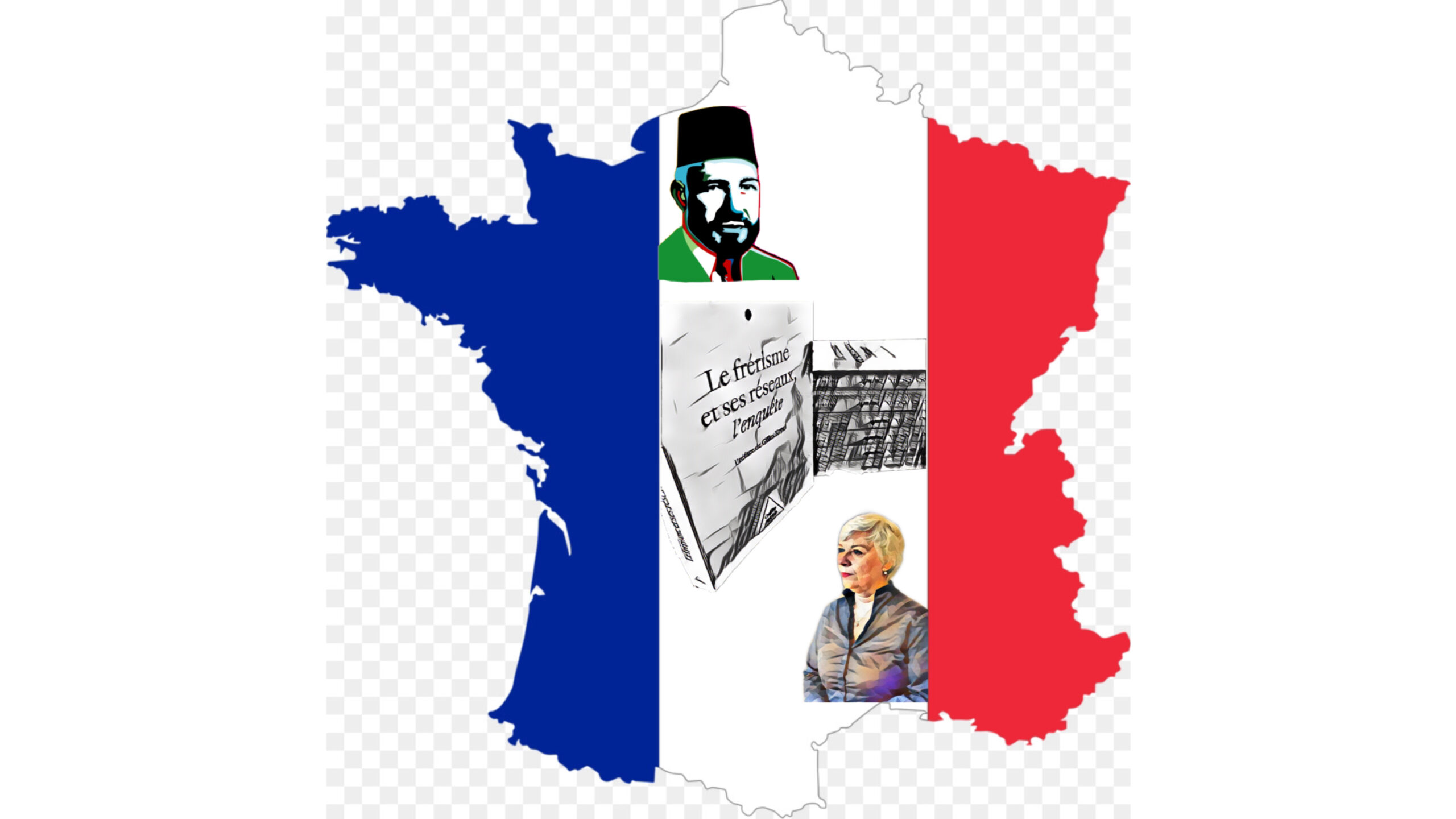Tuesday 11th of December, a man opened fire in Strasbourg’s city centre, a place called the big Island [la Grande Île], killing 5 people. The attack took place in the emblematic Christmas Market, where the 300 wood chalets, arranged around a large decorated fir tree, attract 2 Millions visitors from all over the world each year, and generally raise more than 250 million euros of profits.
The terror attack and the 48 hours man hunting:
Cherif Chekatt, the alleged shooter, opened fire on the crowd and then exchanged gunfire with the policemen and militaries mobilized for the Vigipirat plan (the permanent security measures taken since the beginning of the wave of terror attacks in France in 2015, such as the presence of military forces in French cities). During the shooting, a member of the military was shot in the leg, while the suspect was hit in the arm. Due to panic movement and the complexity of using weapons in a crowded city centre, the shooter managed to escape in a taxi, after he threatened the driver. The taxi driver reported to the police immediately after he dropped off the passenger in the Neudorf area, one of the most populated neighbourhoods of the city.
Consequently the district has rapidly been invested in by anti-terrorist units who locked up the entire sector for the night. This unreal atmosphere of curfew lasted all night, with systematic control of all the local residents in the street and instruction given by the authorities to safely remain at home. The containment came to an end Wednesday morning, while the man hunting began, with the broadcasting by the authorities of appeals for witnesses. Despite the possibility of a runaway in Germany (the German border is really close to Strasbourg) leading to the strengthening of the border controls, the investigators’ favoured hypothesis was that the alleged shooter was still cloistered in the Neudorf district.
After 48 hours of investigation with 700 policemen mobilized by the Minister of the Interior, sent to Strasbourg by the President Macron, the suspect has been apprehended. On the evening of Thursday 13thDecember, a local police patrol recognised a man who looked similar to the description of Cherif Chekatt. The police tried to approach and apprehend him while he began to escape. In his flight, he opened fire on the patrol, forcing the police to retaliate and shoot him. A gun (similar to the one used during the shooting in the city centre) and a knife were found on his dead body. The authorities have rapidly confirmed that this man was Cherif Chekatt, whose involvement in the terror attack is almost certain.
As previously explained, the result of the attack in terms of human lives is difficult to establish, but on the evening of Sunday 16th, 5 people died, 5 seriously injured were struggling for their lives and many others were wounded. A few hours after the attack, the Islamic State claimed responsibility for the attack through its communication branch; a claim considered as opportunistic and still unfounded by the French Minister of Interior, even though he declared that for the moment, there is no certainty about it.
This attack is the most recent of a period marked by a wave of terrorism in France since 2015 and took place two years after the Christmas market attack in Berlin in 2016. Strasbourg’s Christmas market has already been subjected to threats of violence; a previous project had been thwarted in 2000. As such, the area was protected by policemen, military and security agents: in total more than 300 people were mobilized. Pedestrian access to the city centre was limited and vehicle access was highly controlled. Due to the attack, the security has been stepped up.
An atypical profile?
Cherif Chekatt, the presumed shooter is 29 years old, and was born in Strasbourg to a large family in February 1989. He was known by the police services and has already been condemned more than 27 times and jailed in France, Germany and Switzerland, mainly convicted for contempt, robbery and violence. During his imprisonment he has been signalled as “radicalised” for his religious practise.
With all the necessary precautions (there are not a lot of biographical elements at the moment), one could say that Cherif Chekatt belongs tto the “gangster-jihadist” category. His attack does not seem to have been a premeditated action: in the morning his house was raided by the police as part of an investigation on a robbery. Many accomplices were arrested and the police found weapons but Cherif Chekatt was not home. Such an event might have hastened his gesture, as in the evening he committed the attack. For tsociologist Farhad Khosrokhavar, w, both elements might be related and he considers the shooter as motivated by despair in a moment of panic more than by religious convictions. Khosrokhavar even classified Cherif Chekatt as a “fake terrorist”, as for him, the religious aspect was not important enough to be taken into account. The sociologist then explained that, in comparison, the real “radicalized” individuals would hide their religious beliefs and practices.
An investigation is still ongoing, to determine whether Cherif Chekatt received support for his actions and during his time hidden and whether he had accomplices to help him; for this reason, 7 relatives (family and entourage) of the shooter are still in custody while his parents have been released after two days. In the same time, the investigators are looking closely in Algeria, where one brother of Cherif Chekatt lives, as they want to know if they were in contact. According to the first feedback from the investigation, there has been no apparent evidence to prove whether Cherif Chekatt has benefited from a huge logistical help. He gave the impression he acted impulsively and without any pre-planning.
Social debate on « Fiche S » listings
More broadly, the attack occurred in a general climate of social contestation in France, where the protest movement of the « gilets jaunes » have been marked by violent clashes with the police for one month. Accused by the opposition of not being able to maintain order, President Macron is under pressure and has appealed for restraint and national unity. He went to the scene of the tragedy in Strasbourg Friday morning to honour the victims, to acknowledge the work done by the police and to reassure the local population.
This attack has also revived the public debate, which opened in France since the wave of terrorist attacks began in 2015, about the supervision and monitoring of the individuals considered as potentially “radicalized”. In fact, two main databases and procedures exist in France, even though their respective duties and particularities are often difficult to assess.
First, the wanted persons files – a file that is shared with all countries of the Schengen space – presents a special category called “Fiche S” (S as state security) with a number, not related to the level of dangerousness, but only used as a nomenclature. On “Fiche S” listing – a catchall category – one can find personal data on individuals who may present a radicalization of their religious practise and their links with radical Islam, but also ecological militants or hooligans. As such, these individuals might receive (it is not compulsory) special attention from the police services (the internal security), without being aware of such attention, as the discreet dimension of the “Fiche S” is supposed to be one of its forces. The role of the file is mostly to trace these individuals and to alert in case of interpellation or if they cross the borders. In 2015, a second category, the FSPRT (the file to prevent from terrorist radicalization), has been created specifically for individuals whose practises of Islam appear as radicalized and might present a higher risk of commitment to action, as they are potentially violent. These two categories are distinct: from a juridical point of view, it should be noted that the “Fiche S” listing has no legal existence (the legal world get into action after a crime has been committed), it is just used as a tool for the intelligence world. Furthermore, “Fiche S” does not necessarily imply supervision, in contrary to the FSPRT file.
Many voices, mainly from the right and far right opposition, have complained that, on a few occasions, terrorists were already known to the authorities and listed in the police database, as was the case with Cherif Chekatt. As such, right and far right leaders especially called for tighter control of “Fiche S” people (generally the FSPRT file is relatively unknown of public opinion). Then, France’s Vigipirat Plan in response to a global terrorist threat was black after the attack and has since been lowered to the red level.






